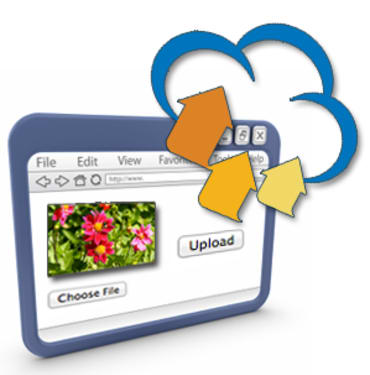Since Cloudinary's launch, at the beginning of 2012, we have enjoyed watching many fascinating companies use our service in new and creative ways. Of these companies, many are early-stage startups. These startups are a pleasure to accompany and we enjoy watching them grow with us and with our ever growing list of capabilities and features, many of which were suggested by these companies themselves.

Since Cloudinary's launch, at the beginning of 2012, we have enjoyed watching many fascinating companies use our service in new and creative ways. Of these companies, many are early-stage startups. These startups are a pleasure to accompany and we enjoy watching them grow with us and with our ever growing list of capabilities and features, many of which were suggested by these companies themselves.








